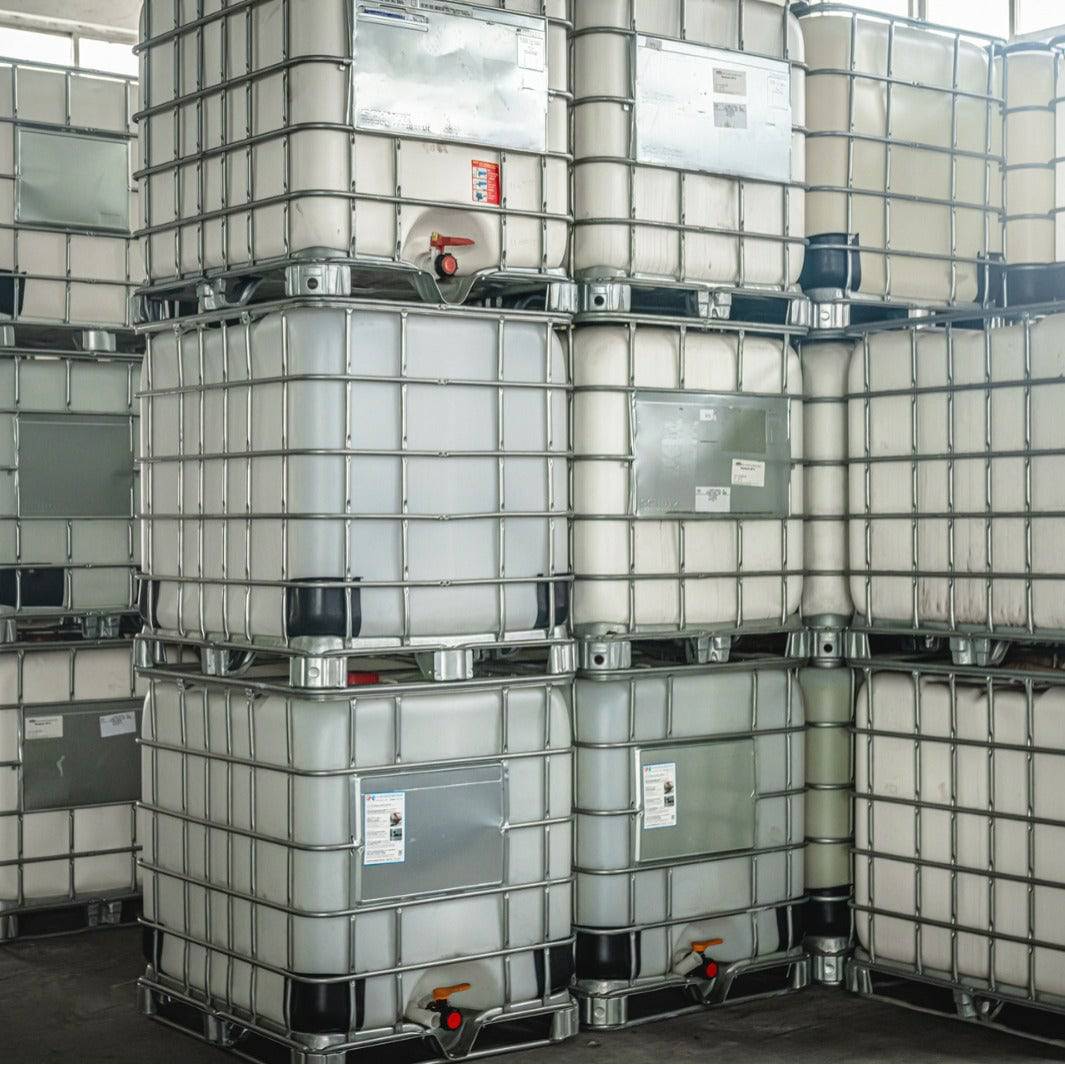About Chemie
Table of ContentsThe Buzz on ChemieChemie Things To Know Before You Get ThisSome Ideas on Chemie You Need To KnowA Biased View of Chemie9 Easy Facts About Chemie ExplainedNot known Details About Chemie
By Bojanna Shantheyanda, Sreya Dutta, Kevin Coscia and David SchiemerDynalene, Inc. Liquid air conditioning, which can be accomplished utilizing indirect or direct ways, is used in electronics applications having thermal power densities that might exceed safe dissipation via air cooling. Indirect liquid air conditioning is where warm dissipating electronic parts are physically divided from the liquid coolant, whereas in instance of straight cooling, the parts are in straight call with the coolant.Nonetheless, in indirect air conditioning applications the electric conductivity can be crucial if there are leaks and/or spillage of the liquids onto the electronic devices. In the indirect air conditioning applications where water based liquids with rust inhibitors are usually used, the electrical conductivity of the liquid coolant generally depends upon the ion concentration in the fluid stream.
The rise in the ion focus in a shut loophole liquid stream might happen because of ion leaching from metals and nonmetal elements that the coolant liquid is in call with. During operation, the electric conductivity of the fluid might raise to a level which might be harmful for the air conditioning system.
Some Known Facts About Chemie.
(https://www.storeboard.com/chemie)They are bead like polymers that are qualified of trading ions with ions in a service that it touches with. In today job, ion leaching examinations were executed with different metals and polymers in both ultrapure deionized (DI) water, i.e. water which is dealt with to the greatest degrees of purity, and reduced electrical conductive ethylene glycol/water mixture, with the gauged modification in conductivity reported over time.
The samples were allowed to equilibrate at area temperature for 2 days before videotaping the preliminary electrical conductivity. In all examinations reported in this study liquid electrical conductivity was gauged to a precision of 1% using an Oakton disadvantage 510/CON 6 collection meter which was calibrated before each dimension.
Facts About Chemie Uncovered
from the wall surface heating coils to the center of the heating system. The PTFE example containers were positioned in the heater when stable state temperature levels were gotten to. The test configuration was eliminated from the heater every 168 hours (seven days), cooled to space temperature level with the electric conductivity of the liquid measured.
The electric conductivity of the fluid sample was kept track of for an overall of 5000 hours (208 days). Number 2. Schematic of the indirect shut loophole cooling down experiment set-up - inhibited antifreeze. Table 1. Components used in the indirect closed loop cooling experiment that are in contact with the liquid coolant. A schematic of the experimental configuration is received Figure 2.

Chemie Things To Know Before You Get This
The change in fluid electric conductivity was checked for 136 hours. The liquid from the system was gathered and stored.

0.1 g of Dowex material was added to 100g of fluid samples that was taken in a different container. The mix was stirred and transform in the electrical conductivity at area temperature was determined every hour. The gauged change in the electric conductivity of the UP-H2O and EG-LC examination liquids consisting of polymer or metal when immersed for 5,000 hours at 80C is shown Number 3.
Unknown Facts About Chemie
Number 3. Ion seeping experiment: Calculated modification in electric conductivity of water and EG-LC coolants including either polymer or steel examples when immersed for 5,000 hours at 80C. The outcomes suggest that steels added less ions into the liquids than plastics in both UP-H2O and EG-LC based coolants. This can be due to a slim metal oxide layer which might act as a barrier to ion leaching and cationic diffusion.
Fluids having polypropylene and HDPE displayed the most affordable electrical conductivity changes. This can be because of the brief, rigid, straight chains which are much less likely to add ions than longer branched chains with weaker intermolecular pressures. Silicone likewise performed well in both examination fluids, as polysiloxanes are usually chemically inert because of the high bond power of the silicon-oxygen bond which would prevent destruction of the material right into the fluid.
Not known Details About Chemie
It would be anticipated that PVC would certainly produce similar results to those of PTFE and HDPE based on the similar chemical structures of the materials, however there might be various other contaminations existing in the PVC, such as plasticizers, that may affect the electrical conductivity of the liquid - high temperature thermal fluid. Furthermore, chloride teams in PVC can also seep right into the examination liquid and can create a boost in electrical conductivity
Buna-N rubber and polyurethane showed indicators of degradation and thermal decomposition which recommends that their feasible energy as a gasket or adhesive product pop over to this site at greater temperatures could bring about application issues. Polyurethane totally broke down right into the examination liquid by the end of 5000 hour examination. Number 4. Prior to and after photos of steel and polymer examples immersed for 5,000 hours at 80C in the ion leaching experiment.
Calculated change in the electric conductivity of UP-H2O coolant as a feature of time with and without resin cartridge in the closed indirect cooling loophole experiment. The gauged adjustment in electrical conductivity of the UP-H2O for 136 hours with and without ion exchange resin in the loophole is revealed in Figure 5.